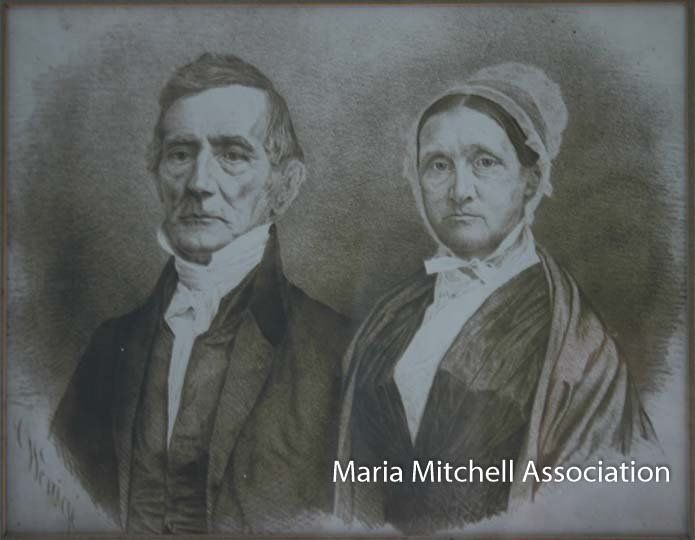Superstars
There are two quotes of Maria Mitchell’s that I deeply love. The first one is, “Standing under the canopy of the stars one can scarcely do a petty deed or think a wicked thought.” The other is, “The step, however small, which is in advance of the world, shows the greatness of the person, whether that step be taken with brain, with heart, or with hands.”
I have literally looked up at the stars on an evening and said that first quote aloud to myself. I like to think that everyone is looking down on me from above, keeping me in check, and keeping me on the straight and narrow path in some ways. I have been influenced by, taught and mentored by, and loved by so many people – and I have loved them in return. They have carved out a path before me; guided me on my way, and they are the stars who shine over me.
The second quote is something I repeat to myself when I think of certain people. In particular, I think of my parents when I read this quote or repeat it to myself.
It means that no matter what you do, no matter how big or small what you do is, it can make a difference and have an impact. My parents are, of course, my stars. But they have also made a difference in my world and the world at large, as I am sure your parents and others have.
Brain : Two very intelligent individuals, they nurture, educate, and expand our minds and help us to better ourselves. They continue to do so and now they also lead the next generation – their three grandchildren. They teach us right from wrong; they are there with wise advice and another way of looking at something. And they put their knowledge and ability to good use, helping others, not just their children and grandchildren. They have taught us well. And, continue to do so.
Heart : They love us unconditionally and they have instilled in us the desire and belief in giving to others and to helping those in need. Compassion, understanding, sympathy, love. Their action of love and support for others has taught us how to be better human beings and better parents. It has taught us that even if we have the last scrap of food on the Earth that there is someone else who needs it more than us and that scrap goes to that person in need. Now, even as my parents suffer, they see others who suffer too and it hurts them even more deeply than what they are going through.
Hands : They have put a roof over our heads. They have wiped our noses, combed our hair, bathed us (sometimes in a small amount of tepid water, Dad!), and hugged us close when we were scared or upset (“The sun is going to burn out, yes, but not for a LONG time, Jascin.” I am sure my Mom wonders why she let me watch “3-2-1 Contact” – so much for children’s science education programming on PBS). They have dug in the Earth and created beautiful life in plants and spent a hot afternoon that was a beach day inside hanging wallpaper – all in order to give us a more perfect surrounding. They have built the world around us.
They have asked for nothing from us is return except that we live our lives to the best of our abilities, help others, and be happy and compassionate individuals.
This is not an easy post to write. Not sure I have done this justice. Words are escaping me. But, I know that when Maria first wrote these lines, she was thinking about her parents, William and Lydia Coleman Mitchell, just as I think about my parents. Thank you, Maria, for putting it so beautifully. And thank you, Dad and Mom, for being incredible role models and such compassionate and loving people.
JNLF
Recent Posts





